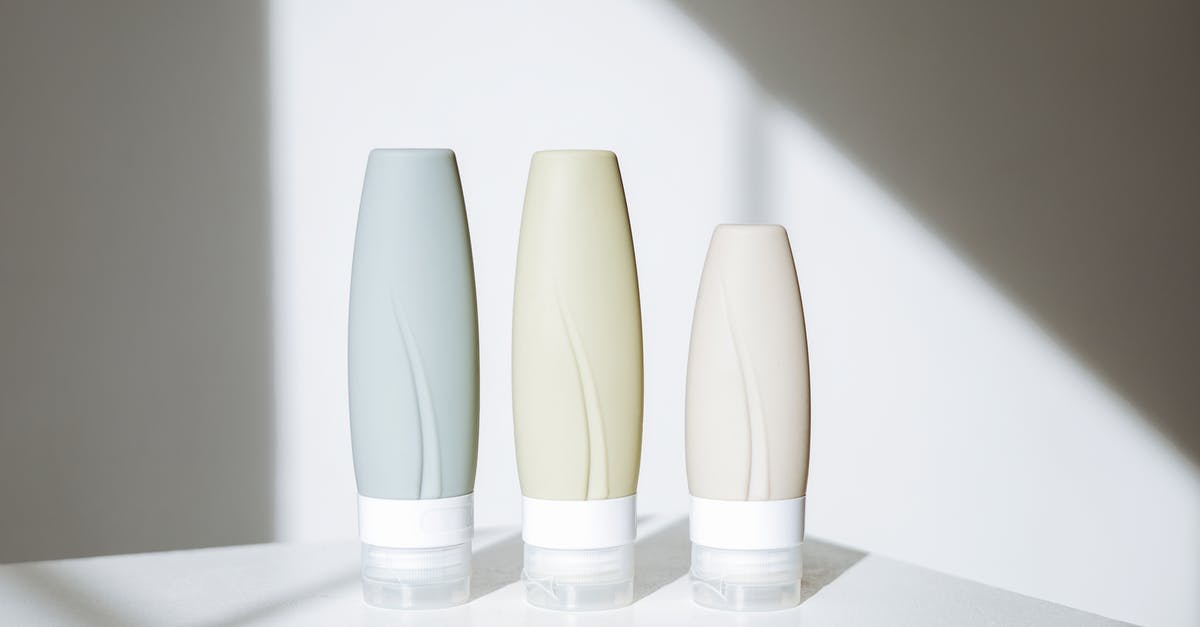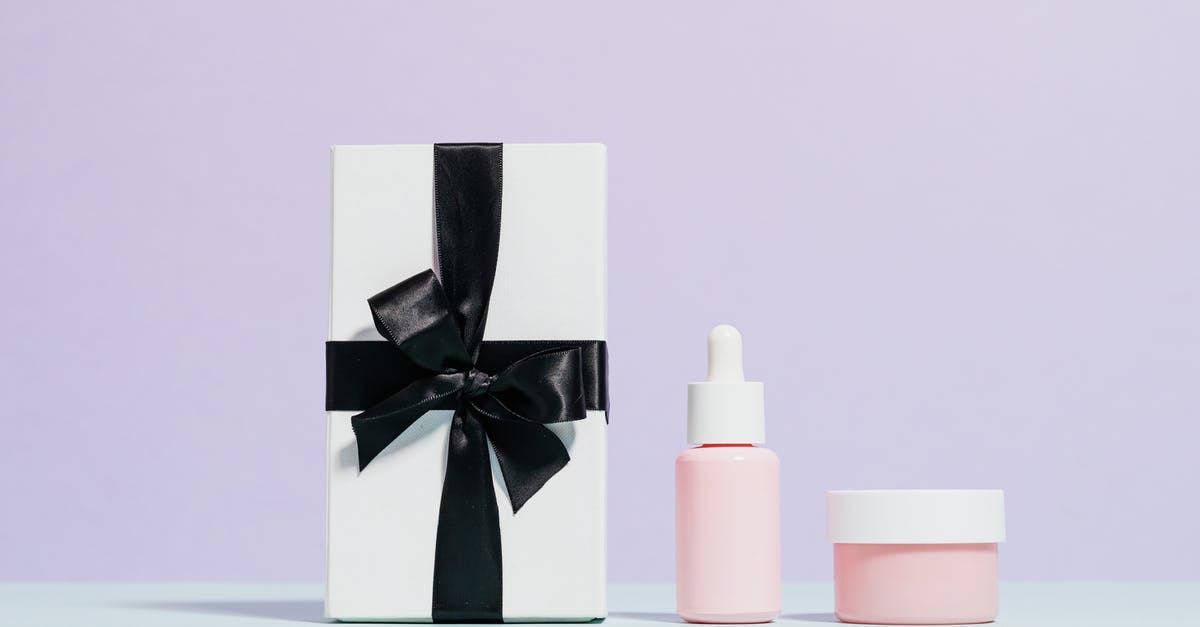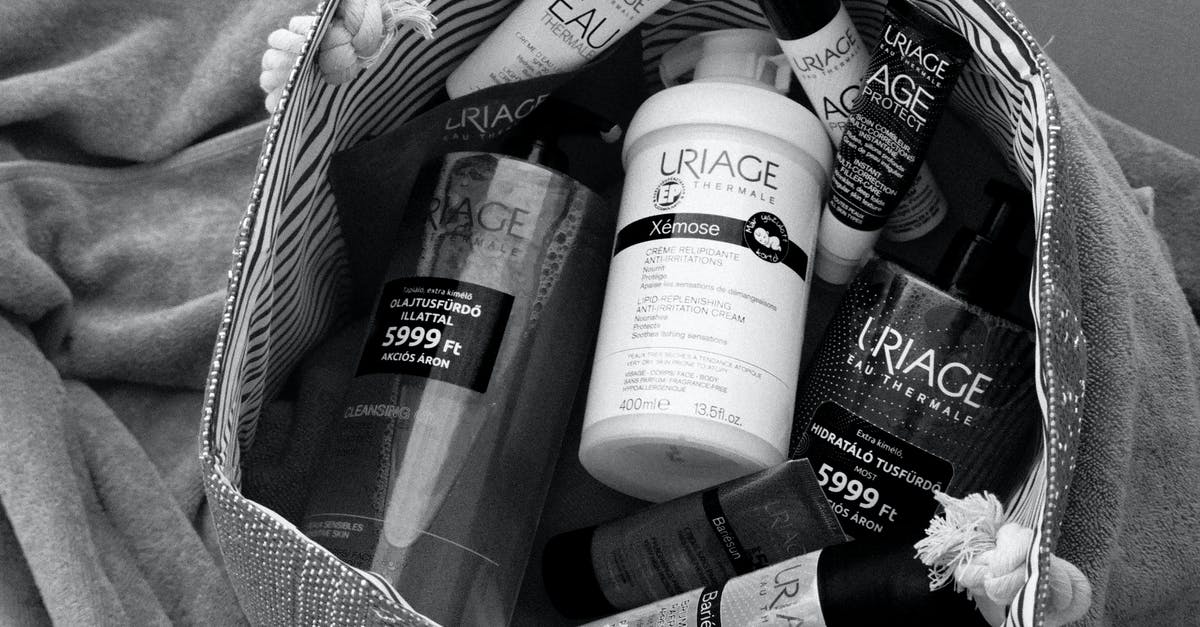Does commercial sour cream still contain live bacteria?

Does commercial sour cream still contain live bacteria? A family member cannot consume them, so I am looking for a way to recognize sour cream without live cultures.
Best Answer
It's hard to get a straight answer online, unfortunately, as most sour cream manufacturers don't mention either way. Daisy brand, for example (one of the mass-market brands that is relatively unprocessed) doesn't mention it on their website, nor do they on their containers, though some people have said they do contain live active cultures - but nothing reliable that I see indicates that. Breakstone's mentions that their cottage cheese has prebiotics, but nothing about sour cream, leading me to think they probably don't.
A few brands pasteurize and then add back in the L. Acidophilus and Bifidus Regularis (or similar) cultures afterwards, presumably to improve taste as they continue to break down the lactose (similar to how some mass-market yogurts do so); for example, Organic Valley mentions on their website:
Our sour cream is a cultured blend of nutrient-packed organic cream and skim milk. When the sour cream is pasteurized and homogenized, active cultures acidophilus and bifidus are added to boost the tangy flavor and create a consistently dense cream. The active cultures also serve as probiotics to improve the microbial balance of your digestive tract.
If you're looking for a brand that specifically does contain live active cultures, you should look for a mention on the label. Any brand that does not mention it on the label may or may not contain them. The indication of live and active cultures is not mandatory, as far as I can tell; the National Yogurt Association has a voluntary compliance process involving a seal that indicates live and active cultures, for example, but it is strictly voluntary.
However, searching for a brand that does not contain live active cultures, your best bet would be to contact the manufacturers directly. I don't think there's a reliable way to prove they don't contain them. Fat-free sour cream is also unlikely to contain live and active cultures (as it's not really sour cream, it's a flavored gelatin product more or less). Alternatively, you can cook the sour cream yourself (or only use it in cooked applications) to ensure the bacteria are not live, though in this case you should talk to your doctor to find out in what applications this may be safe.
Pictures about "Does commercial sour cream still contain live bacteria?"



Quick Answer about "Does commercial sour cream still contain live bacteria?"
Yet, most commercial sour cream is pasteurized to lower the risk of food poisoning, meaning that any live bacteria are destroyed before they make it into the final product.Is commercial sour cream fermented?
Sour cream, also known as cultured cream, is produced by the fermentation of high-pasteurized cream that contains 18\u201320% fat content.Does sour cream have added bacteria?
Sour cream is a fermented dairy product made by adding lactic acid bacteria to pasteurized cream. This bacterial action thickens the cream and adds a tangy flavor.What sour cream has probiotics?
Tangy, creamy, and filled with pasture-raised, probiotic goodness, Organic Valley Sour Cream is the perfect addition to baked potatoes, spreadable dips, chili, nachos, salad dressings, even cheesecakes and frosting\u2014it's some seriously versatile stuff!What bacteria is in sour cream?
Cultured sour cream is made by adding a culture of Streptococcus lactis to pasteurized light cream and incubating at 72\u02daF until the desired flavor and thickness is reached. The lactic acid produced by the culture coagulates the protein, thickening the cream and adding the characteristically sour flavor.The Best Homemade Sour Cream | Super Thick and Rich Sour Cream at Home | Cinematic Cooking Log
More answers regarding does commercial sour cream still contain live bacteria?
Answer 2
Joe M.'s answer is correct that it's difficult to get this information, though you can always try contacting the manufacturer directly. But in general I would assume that commercial sour cream still contains at least some live bacteria.
In the U.S., food packaging laws require sour cream produced with bacterial cultures to be labeled either "sour cream" or "cultured sour cream." Sour cream produced without bacteria by law must be explicitly labeled "acidified sour cream." ("Acidified sour cream" usually has an inferior flavor and generally tends to show up as ingredients in other things or occasionally in low-fat or non-fat varieties. In any case, "acidified" here only means that acids were used at some point to help the process along, so it doesn't guarantee that cultures were NOT used.)
To my knowledge, sour cream is generally NOT heat treated after culturing (unlike some yogurt), which means that active cultures are probably still present in significant numbers in most "cultured" sour cream.
And even if it is "heat treated" as some yogurts are, I don't think sour cream could actually be "re-pasteurized" without ruining the texture, so it's very unlikely to find a "cultured" sour cream that has no live bacteria in it. Products explicitly labeled with a "live and active cultures" designation have to meet a standard for a minimum of bacterial concentration, but other products that are "cultured" without that designation likely still have residual live bacteria unless proven otherwise.
Another thought to make a determination is to try to culture with the cream yourself. Put a tablespoon or two of the sour cream in a few ounces of fresh pasteurized milk (or some fresh cream), and let it sit out at room temperature. If the sour cream has active cultures, it will likely start to thicken significantly in 12-18 hours. If the milk hasn't noticeably thickened within a day or so, it's less likely that it contains a significant number of active cultures (though not certain).
This is not a definitive test to rule out bacteria, but if the milk thickens noticeably, it's pretty likely the sour cream has some active cultures.
Answer 3
Most do not because they have been pasteurized. You would need to look for an all natural "raw" product for it to contain beneficial probiotic bacteria. You may also find "contains live cultures" on the label. This goes for yogurts as well. You may want to try looking in a grocery store that has a good sized natural food section or a health food store.
Answer 4
They usually do, but those are probiotics generally.
Sources: Stack Exchange - This article follows the attribution requirements of Stack Exchange and is licensed under CC BY-SA 3.0.
Images: Anna Nekrashevich, Karolina Grabowska, Anna Nekrashevich, Vámosi István “MINRO”
